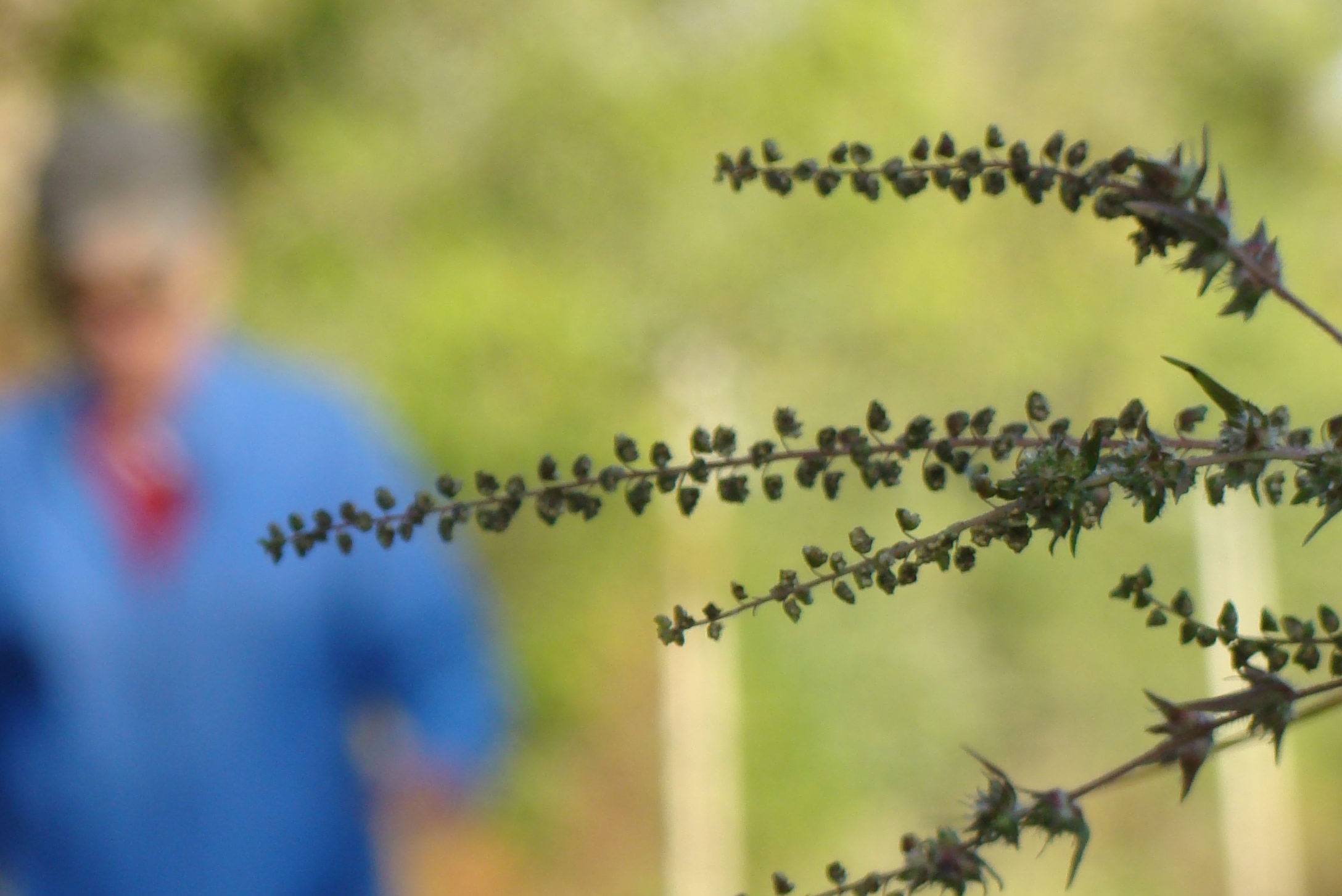As cool weather settles in, allergy sufferers anticipate relief.
“I’m waiting for the frost,” said Kay Miller, an elementary school teacher from Goshen.Miller has struggled with severe allergies for years. Laryngitis, sinus pressure, chest cough, puffy eyes.
“It’s pretty bad,” she said.
Miller looks forward to fall weather for a return to normal.
“Once the frost hits I have no trouble,” she said.
But relief will be less reliable in the future. Climate change is altering the length and intensity of allergy season, experts say.
A 2010 report from the Asthma and Allergy Foundation of America (AAFA), “Extreme Allergies and Global Warming,” reported that changes in weather and precipitation will result in more allergens, stronger allergens and longer allergy seasons.
The report’s predictions are holding true. The last few years have not been kind on allergic Americans, according to forecasts from Accuweather and WebMD.
Jody Srof, professor of nursing, sees the same trend.
“Literature seems to indicate that there has been an increase in allergies over recent years,” Srof said.
Andy Ammons, professor of biology, cautiously acknowledged the effects of climate change on allergies.
“It is debatable in the literature, but longer frost-free seasons could typically lead to slightly longer allergy seasons,” Ammons said. “Pollen production is extremely variable each year and dependent on many other environmental factors, not just temperature.”
Joel Pontius, assistant professor of sustainability and environmental education, said warmer temperatures and later frost is part of the conversation. Pontius is allergic to ragweed pollen and has seen changes in the length of allergy season over the last 15 years.
“The allergy seasons are extending,” he said. “They’re much longer in a lot of places.”
But frost is only part of the picture, according to the 2010 report.
Ragweed, the main culprit for fall allergies, produces more pollen and more allergenic pollen, when exposed to higher levels of carbon dioxide.
“If fossil fuel emissions continue unabated, pollen production is projected to increase by 60 to 100% by around 2085 from this carbon dioxide effect alone,” the report said.
Ragweed pollen may become more potent, too. The report cited a study that found ragweed to increase production of Amb 1, an allergenic protein, under higher carbon dioxide scenarios.
Warmer temperatures favor the habitat of trees with highly allergenic pollen, like oak and hickory, over less-allergenic trees like pine and spruce. Indiana will see less dramatic changes in this regard than states in the upper-Midwest and Apalachia, the report said.
Increased rainfall, a clear result of climate change in Indiana, leads to more frequent flood events. More flooding means more mold and allergenic spores.
“It makes sense why I am getting allergies more regularly than I thought I was,” said Chelsea Foster, a senior.
Foster suffers from allergies in the spring and fall. Her symptoms go through the same four stages, she said. First sneezing, next congestion, then watery eyes and coughing.
“The beginning stages aren’t bad, just annoying,” Foster said. “Once I get to the part where my eyes water it makes me only want to sleep and not leave my bed.”
For Miller, fall allergies are the worst. She got tested to learn more about what her allergies are and how to manage them. Food allergies are Miller’s biggest problem, but she’s also allergic to goldenrod, some shrubs, some trees, including sugar maples, and 13-14 different kinds of mold, she said.
Miller has learned to manage her symptoms by changing her diet and keeping her home airtight, but allergies still disrupt her routine. Miller likes to go on walks in the mornings, and can’t go out during the peak of the pollen season.
“I have to find other times to exercise,” she said.
The best way to limit allergy symptoms is to stay away from the source, Srof said. Beyond prevention, nasal antihistamines like NasalCrom or Zicam, or oral antihistamines like Claritin, Zyrtec and Allegra can help with mild persisting symptoms, he said.
For more intense symptoms, Srof recommends intranasal steroids — Flonase, NasaCort, Rhinocort — along with regular Claritin or Zyrtec. “A person should always check with their health care provider first,” he said. Ponitus has a different remedy. Eat stinging nettles, he said.
Pontius likes to forage for nettles, cook them and enjoy them with his family as a snack. The nettles have clusters of histamines that are neutralized when the plant is blanched or sauteed. Like the pollen in honey, a small exposure to the local histamine helps the body react to allergens in a healthy way, he said.
The AAFA report stresses that current action to reduce emissions will have a huge effect on allergies in the future.
Allergies don’t have to be as bad, but current climate commitments from the U.S. and other major emitters are not enough to keep carbon dioxide emissions below a level that is comfortable.
“This is the reality that we’re facing,” Miller said. “We need to make some changes.”



